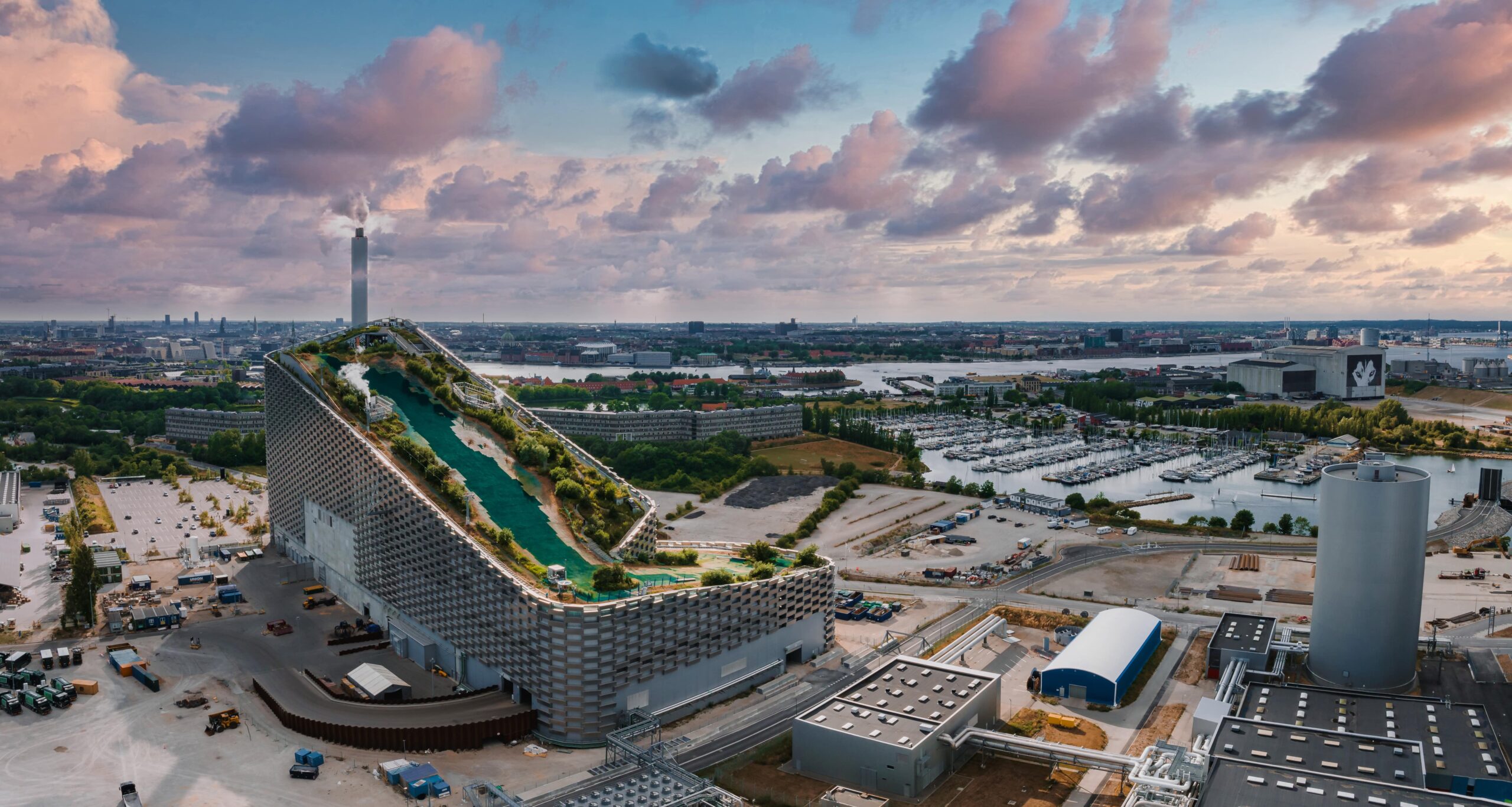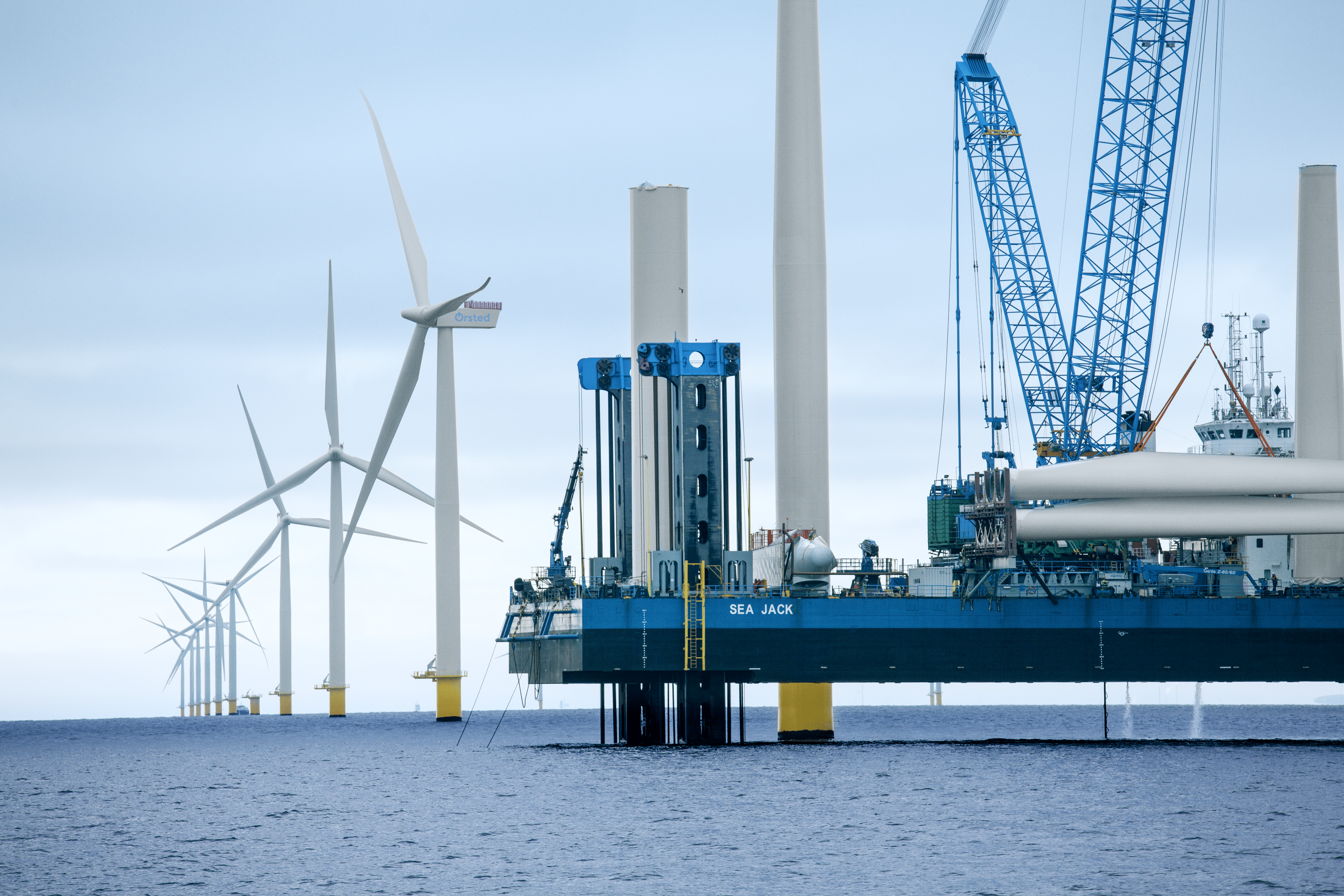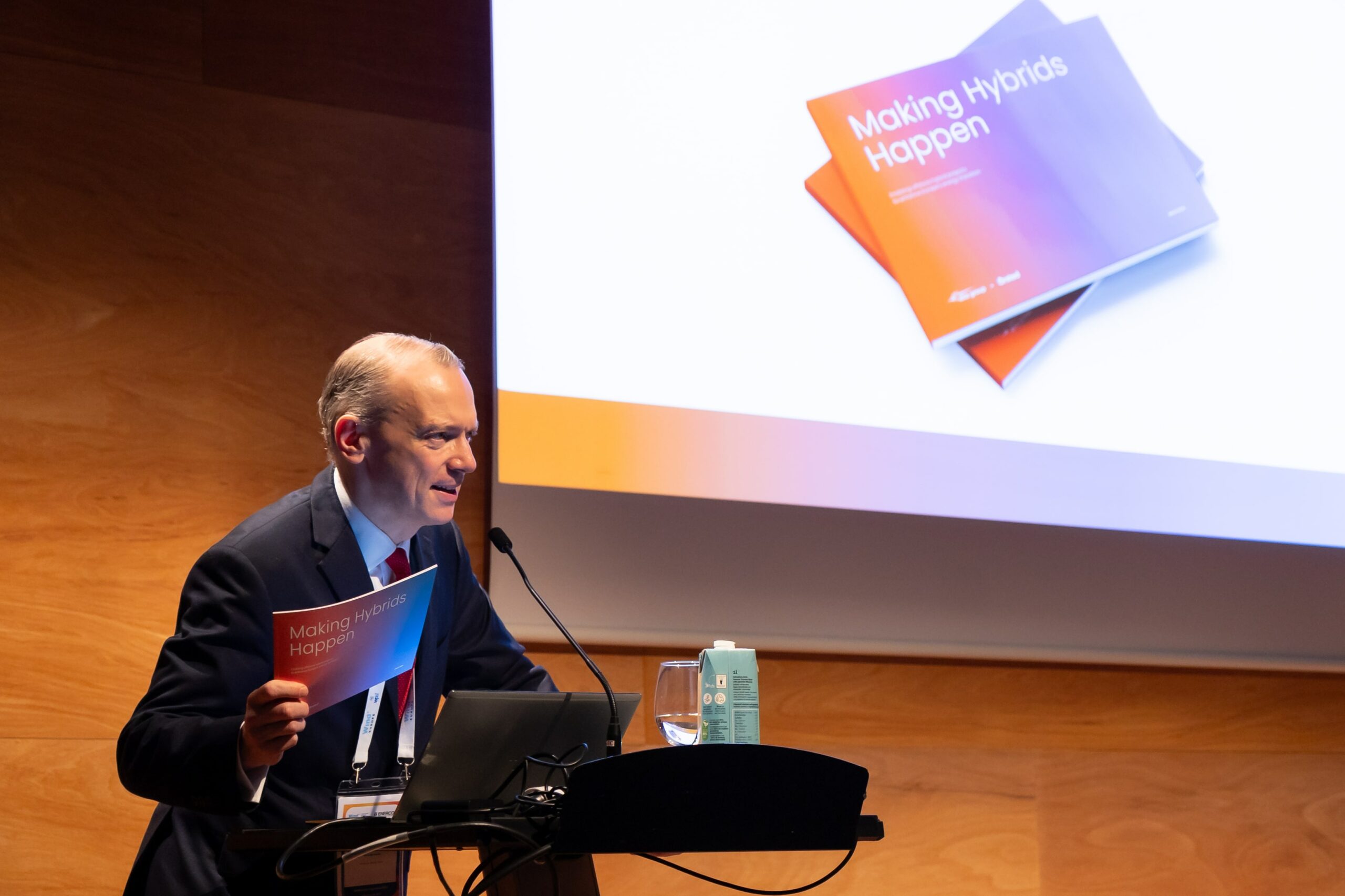News
Bioenergy
Biogas
Biomass
+7
308 Per Cent Green Electricity


For decades, Samsø “imported” electricity via undersea cables and imported oil brought in on ships. Samsø thus “exported” a great deal of money away from the island – money that a local community could otherwise have benefited from.
Samsø itself now produces much more energy than is used on Samsø and the neighboring island of Tunø, turning electricity into a source of income. The local district heating plants buy straw from Samsø, so all in all the green island has reduced its fossil fuel costs quite considerably.
“I estimate that this amounts to about DKK 10-15 million per year,” says director Søren Hermansen of the Samsø Energy Academy.
For an island municipality with approx. 3,700 inhabitants, this is quite a lot of money, but the financial returns from establishing itself as a renewable energy island do not stop there.
- Lean about about Samsø and Samsø Energy Academy
The story that wind turbines and a few solar cells cover the equivalent of 308 per cent of Samsø’s electricity consumption combined with CO2-free district heating is extremely powerful, so Samsø welcomes several thousand energy tourists every year – including ministers, ambassadors and TV stations. This provides employment at Samsø Energiakademi and at local hotels and restaurants. In all, this equates to 30 new full time jobs.
In addition, active people on the island are able to obtain ongoing funding for projects. Recently, Samsø Energiakademi received funding from the KR Foundation with “Global Expansion of Sustainable Community Projects” to establish energy academies in two locations in the USA – Hawaii and Maine – as well as in Australia, Japan and the EU.
“I know that in a world where fossil fuels cover 80 per cent of energy consumption, this perhaps does not have much of an impact impact, but it offers faith and hope for a more sustainable future,” says Søren Hermansen.
- Related news: The Future Role of DSOs: Europe’s Energy System is Turned Upside-Down
DSO: No problem
To succeed in becoming world famous in the field of renewable energy, you need strong local engagement, with many residents thinking “what is good for our community”. Other factor is that back in the 1990s Samsø was named a national renewable energy island, which brought in extra funding.
It helps that Samsø has good grid connections to a much larger electricity system.
Samsø has two undersea cables to Jutland, thus forming a kind of ring connection with a high security of supply. Grid manager Michael Grønhøj of NRGi Net in Aarhus explains that the significant share of green electricity on Samsø does not cause any technical problems.
“We have a strong underlying grid and production on Samsø is relatively small,” says Michael Grønhøj.
- Perspective: How Can Smart Distribution Grids Power Europe's Green-Transition
To continue creating value for the island – and to remain in the international spotlight – Samsø must continue to evovle. Wind turbines on land and out at sea are being supplemented with solar cells, energy efficiency renovations, heat pumps, electric vehicles and other green initiatives. The ferry to Jutland now sails on liquefied natural gas (LNG) instead of diesel, but the plan is to move over to locally produced biogas and electricity.
“The next thing will be to analyse the possibilities within the bioeconomy and circular economy,” says Søren Hermansen and mentions that it may be sensible to cut back on the straw in district heating plants by installing heat pumps and use the straw for biogas production instead.
In common with other communities far from major urban areas, Samsø is threatened by a vicious circle in the form of residents moving away and fewer stable taxpayers. Whether this is due to activities on the renewable energy island is difficult to say, but more people are moving to rather than away from Samsø. The challenge is that too few children are being born.
This article was featured in "Smart Distribution Grids Power Europe’s Transition to Green Energy" (click for download).
You should consider reading
events
Carbon capture, storage and utilisation
+4















